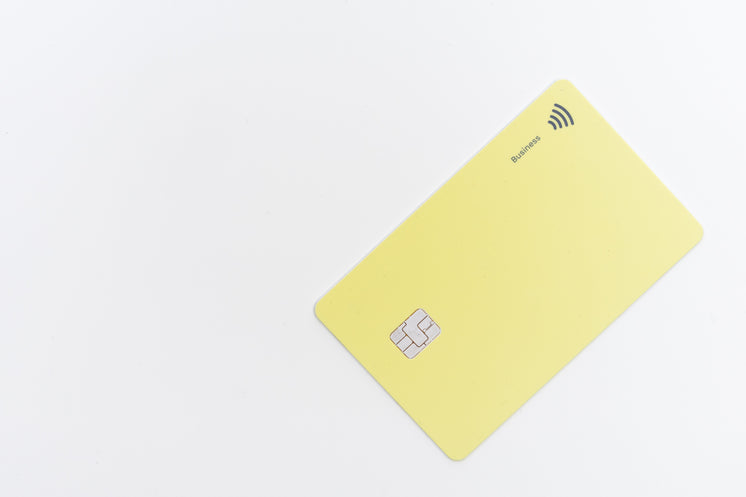Monitoring for unusual transaction patterns can help identify potential breaches or unauthorized transactions. Fraud Prevention: Understanding BINs and Dumps PIN helps businesses and financial institutions detect fraudulent activities. Vishing, a variant, involves criminals using voice calls to manipulate individuals into revealing sensitive information. Phishing and Vishing: Phishing entails fraudsters sending deceptive emails or messages, impersonating legitimate organizations to obtain victims’ credit card information.
 Carding Forums and Dark Web Marketplaces: Online forums and dark web marketplaces facilitate the buying and selling of stolen credit card information, creating a thriving underground economy for cybercriminals. The demand for such data from cybercriminals looking to make quick profits drives the black market for these stolen credentials. Selling Stolen Data: Hackers often sell stolen credit card information on the dark web or underground forums. Understanding Dumps Good Fresh: “Dumps” typically refer to stolen credit card data that includes sensitive information like card numbers, expiration dates, and CVV codes.
Carding Forums and Dark Web Marketplaces: Online forums and dark web marketplaces facilitate the buying and selling of stolen credit card information, creating a thriving underground economy for cybercriminals. The demand for such data from cybercriminals looking to make quick profits drives the black market for these stolen credentials. Selling Stolen Data: Hackers often sell stolen credit card information on the dark web or underground forums. Understanding Dumps Good Fresh: “Dumps” typically refer to stolen credit card data that includes sensitive information like card numbers, expiration dates, and CVV codes.
The term “Good Fresh” implies that the stolen data is recent and still viable for use in fraudulent transactions. Understanding BINs (Bank Identification Numbers): A BIN, or Bank Identification Number, is the first six digits of a payment card number. This identification system helps streamline transaction processing, verify card authenticity, and prevent fraud. It carries crucial information about the card issuer, type, and even geographic location.
Weak Security Practices: Hackers often exploit weak security practices, such as using easily guessable passwords or falling for phishing scams. Once they gain access to an individual’s bank account, they can tap into the fresh dumps linked credit card information. In the intricate world of cybercrime, the term “Dumps Good Fresh” raises alarming concerns about the illicit activities associated with stolen credit card data.
